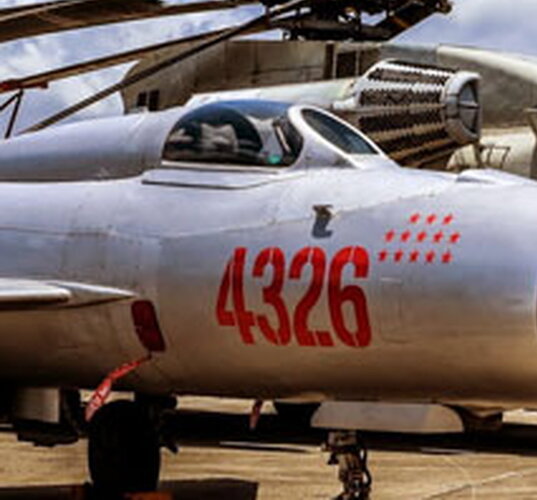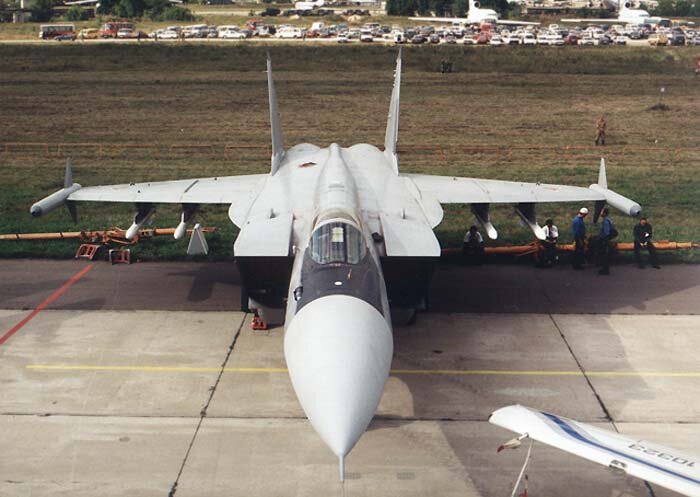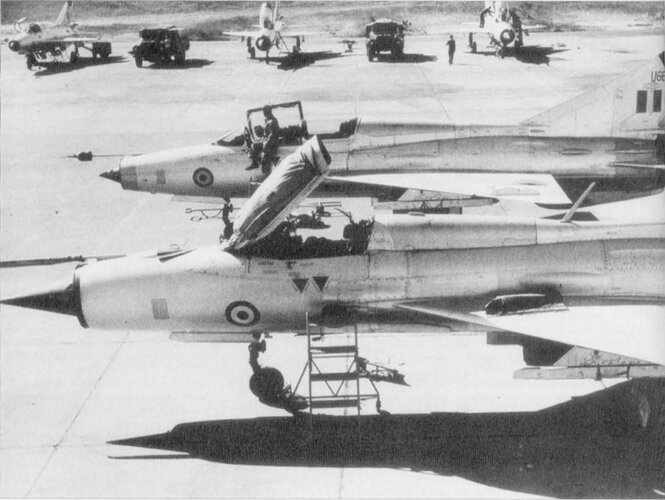- Joined
- 27 March 2006
- Messages
- 1,874
- Reaction score
- 1,621
I have always wondered why some manufacturers were early adopters of the Frameless windscreen, yet others seemed to drag their heels somewhat.
I specifically mean for fighter/attack jets that were supersonic, not trainers such as the Aermacchi MB326.
Grumman with their F11 Super Tiger and SAAB with their Draken seem to me to be the first to adopt it, with first flights in the mid/late 50's ...... with North Americans Vigilante and Northrop's F5A Freedom fighter following very closely.
SAAB followed on in the mid/ late 1960's with the Draken.
Yet, there were still manufacturers putting out new designs in the 1970's with framed windscreens. 2 that readily spring to mind are the Tornado and Mirage F1.
I know the F1 flew first in the mid 60's, but entered service in 1973.
The Tornado only flew first in 1973, and entered service in 1979.
The fighter version of the Tornado, the ADV, only entered service in 1986, still with a framed windscreen.
These days of course, a frameless windscreen is a given.
Why was this this case?
I am aware of high speed aircraft (interceptors, recce, test) that benefitted from sharper, framed windscreens, but aside from these aircraft, most of those jets named above were quite capable of Mach 2 with frameless windscreens.
Was it simple design inertia, or were there practical reasons, such as performance, expense, or manufacturing/maintenance costs?
EDIT: The above examples were not meant to be a definitive or exhaustive list, but were simply the ones that readily sprang to mind. Other examples are welcome.
I specifically mean for fighter/attack jets that were supersonic, not trainers such as the Aermacchi MB326.
Grumman with their F11 Super Tiger and SAAB with their Draken seem to me to be the first to adopt it, with first flights in the mid/late 50's ...... with North Americans Vigilante and Northrop's F5A Freedom fighter following very closely.
SAAB followed on in the mid/ late 1960's with the Draken.
Yet, there were still manufacturers putting out new designs in the 1970's with framed windscreens. 2 that readily spring to mind are the Tornado and Mirage F1.
I know the F1 flew first in the mid 60's, but entered service in 1973.
The Tornado only flew first in 1973, and entered service in 1979.
The fighter version of the Tornado, the ADV, only entered service in 1986, still with a framed windscreen.
These days of course, a frameless windscreen is a given.
Why was this this case?
I am aware of high speed aircraft (interceptors, recce, test) that benefitted from sharper, framed windscreens, but aside from these aircraft, most of those jets named above were quite capable of Mach 2 with frameless windscreens.
Was it simple design inertia, or were there practical reasons, such as performance, expense, or manufacturing/maintenance costs?
EDIT: The above examples were not meant to be a definitive or exhaustive list, but were simply the ones that readily sprang to mind. Other examples are welcome.
Last edited:



